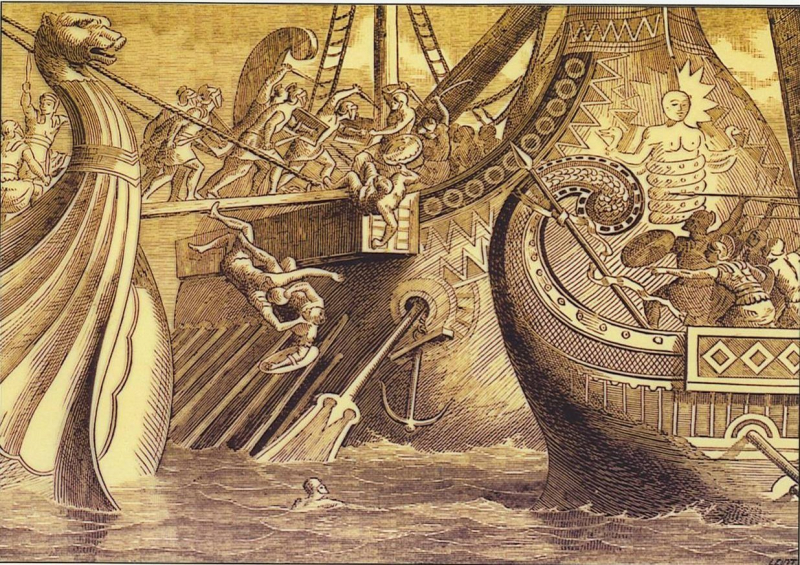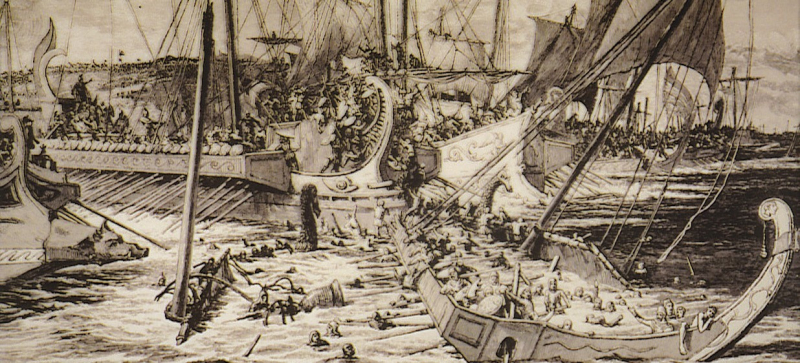Ancient Ships Rammed Each Other All the Time
It would make sense for ancient ships to frequently ram one another because wooden ships would naturally appear to be much more vulnerable to it than metal ones. With arrows or any other heavy equipment most ancient vessels could deploy in battle, it is quite difficult to sink an enemy ship. An extraordinarily literal example of backfiring is when an attacker uses fire, as this might cause the attacker's own ship to catch fire.
However, it has been repeatedly noted, for example in Raffaele D'Amato's 2017 book Imperial Roman Ships, that no captain would do it if they could avoid it. Even with a successful ramming, the attacker's hull, mast, or other structural components could all be compromised. Furthermore, even if a ship managed to destroy an adversary with a single hit, there was still a chance that the rammer would be trapped and perish along with the sinking ship. This is why even much ricketier ships, like those in Constantine's navy in the fourth century AD, were frequently more successful due to their greater speed and maneuverability.
This also applied to naval combat in Ancient Asia. The Korean navy was reluctant to ram enemy ships with their innovative ironclad ships because it was too risky, even though they were praised for being unsinkable. Modern fleets, where ships have interchangeable mass-produced parts, and the capacity to sink ships make boarding a vessel for capture considerably riskier than in the past, if anything, making ramming ships more likely.












